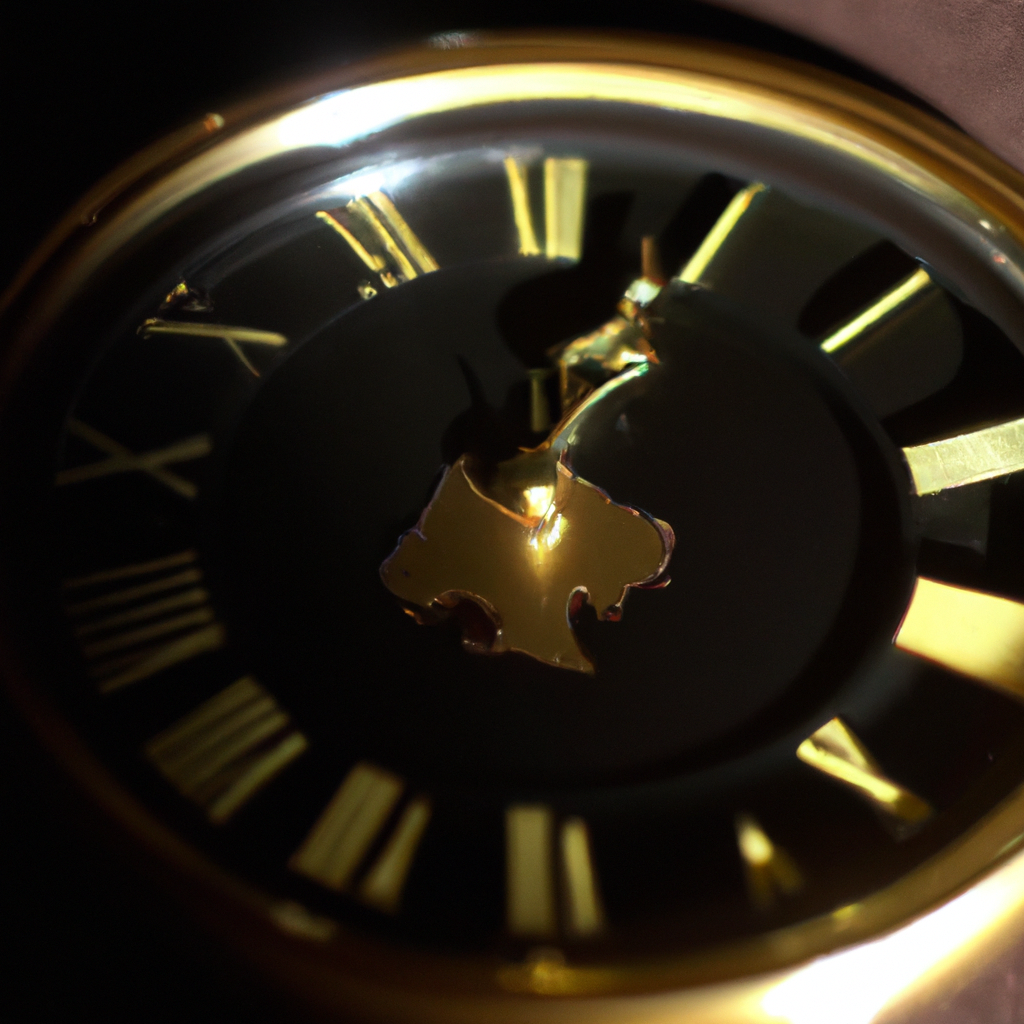A clock is a device that tells time, and we use it almost every day to keep track of our schedules and appointments. But have you ever wondered how a clock keeps time? The answer lies in the clock mechanism, which is a complex system of components that work together to keep accurate time. In this article, we will explore the different components of a clock, their functions, and how they work together to keep time.
Clock Components
A clock has several components that work together to keep time. These include:
1. Power source: The power source of a clock can be either mechanical or electrical. Mechanical clocks are powered by winding a spring or weight, while electrical clocks are powered by batteries or electricity.
2. Escapement: The escapement is a mechanism that controls the movement of the clock. It is responsible for releasing the energy stored in the power source at regular intervals, which makes the clock tick.
3. Oscillator: The oscillator is a component that creates a regular, repeating motion. In mechanical clocks, the oscillator is usually a pendulum, while in electronic clocks, it is a quartz crystal.
4. Gear train: The gear train is a series of gears that transmit the energy from the power source to the oscillator. It also controls the speed at which the clock runs.
Clock Movement
The movement of a clock is the part of the clock that contains all the components that work together to keep time. It includes the power source, the escapement, the oscillator, and the gear train. In mechanical clocks, the movement also includes the hands that show the time on the clock face.
How a Clock Keeps Time
The power source of a clock provides the energy needed to keep the clock running. In mechanical clocks, the power source is usually a spring or weight that is wound up or lifted to a high position. As the power source unwinds or falls, it releases energy that is transmitted to the oscillator through the gear train.
The oscillator creates a regular, repeating motion that is used to regulate the movement of the clock. In mechanical clocks, the oscillator is usually a pendulum, which swings back and forth at a fixed rate. The length of the pendulum determines the rate at which the clock runs. In electronic clocks, the oscillator is a quartz crystal, which vibrates at a fixed frequency.
The escapement is responsible for releasing the energy stored in the power source at regular intervals. It does this by allowing the gear train to move forward by one tooth at a time, which makes the clock tick. The escapement also controls the speed at which the clock runs by adjusting the length of the pendulum or the frequency of the quartz crystal.
Clock Accuracy
The accuracy of a clock depends on several factors, including the quality of its components, the precision of its manufacturing, and the conditions in which it is kept. Mechanical clocks are generally less accurate than electronic clocks because they are more susceptible to temperature changes, humidity, and wear and tear. Electronic clocks, on the other hand, are more accurate because they are not affected by these factors.
Conclusion
In conclusion, a clock keeps time by using a complex system of components that work together to regulate its movement. The power source provides the energy needed to keep the clock running, while the oscillator creates a regular, repeating motion. The escapement controls the movement of the clock, and the gear train transmits the energy from the power source to the oscillator. The accuracy of a clock depends on several factors, including the quality of its components, the precision of its manufacturing, and the conditions in which it is kept.







